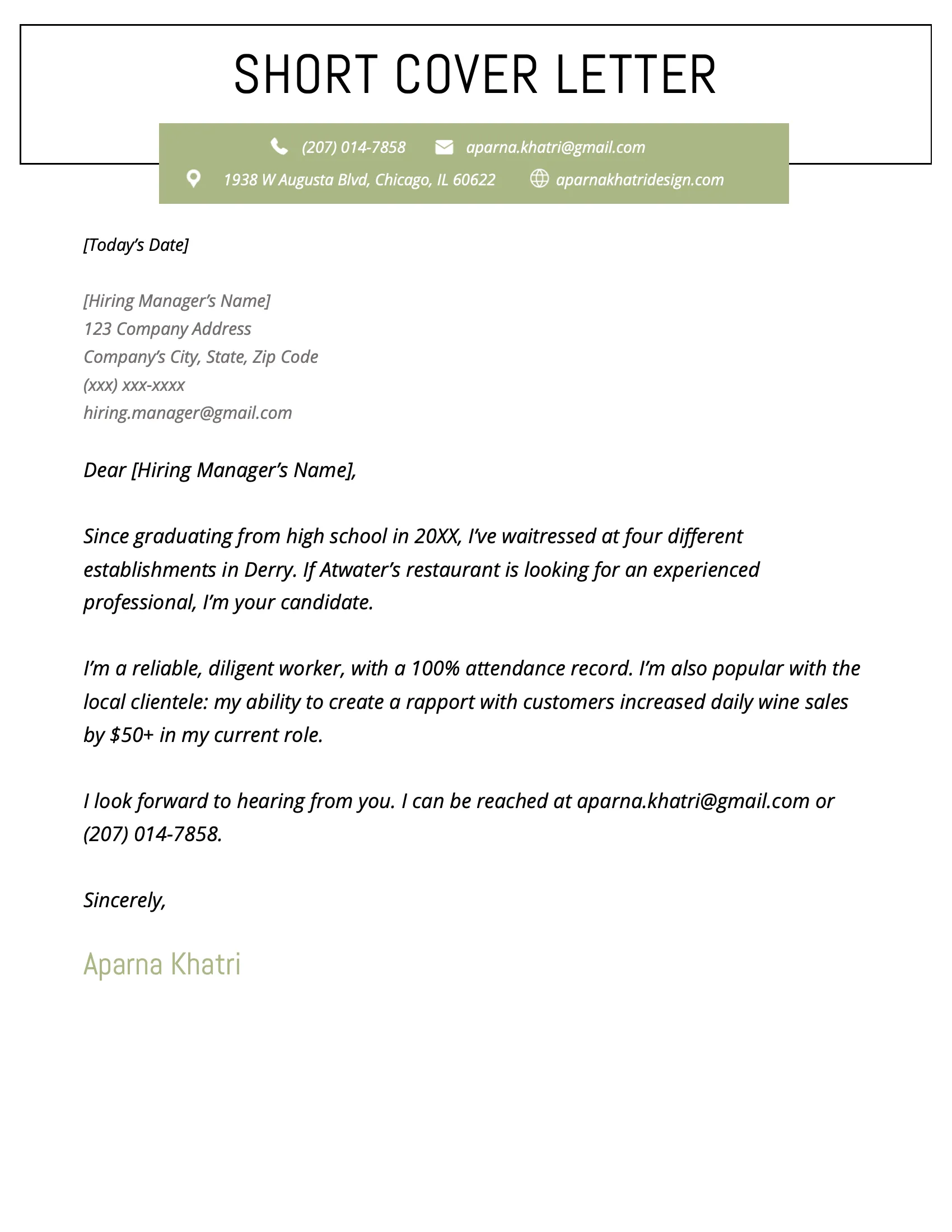What is a Cover Letter?
A cover letter is a one-page document that you submit with your resume when applying for a job. It serves as an introduction, allowing you to highlight your key skills, experiences, and why you are a good fit for the position and the company. It’s your opportunity to make a strong first impression and persuade the hiring manager to read your resume more closely. A well-written cover letter demonstrates your communication skills, personality, and genuine interest in the role, setting you apart from other applicants. It complements your resume by providing context and showcasing how your qualifications align with the specific job requirements. Essentially, the cover letter tells the story of why you are the perfect candidate.
Why is a Cover Letter Important?
In today’s competitive job market, a cover letter is extremely important. A cover letter allows you to explain why you’re interested in the job and the company, and why your skills and experiences make you a great fit. Many hiring managers still look at a cover letter to determine your interest in the role. It provides an opportunity to personalize your application. It gives you a chance to showcase your personality, writing style, and communication skills. Even if a job posting doesn’t explicitly require a cover letter, submitting one can demonstrate your initiative and attention to detail. It can also help you address any potential gaps or weaknesses in your resume, such as a career change or a lack of direct experience. By highlighting your accomplishments and expressing genuine enthusiasm, your cover letter can significantly increase your chances of securing an interview. The goal is to create a strong, positive first impression.
Key Components of a Cover Letter
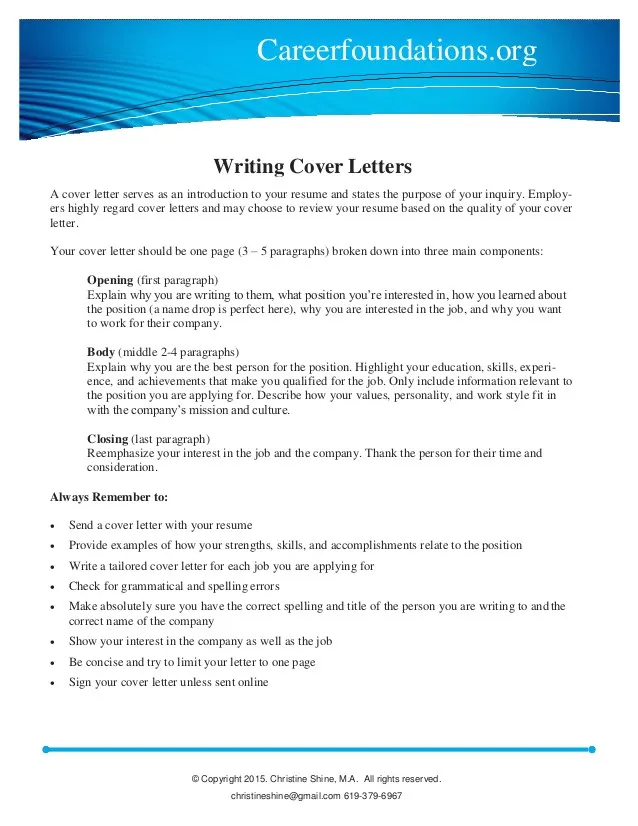
A well-structured cover letter follows a standard format, including a header, salutation, body paragraphs, and a closing. Each section plays a crucial role in conveying your message effectively. It is important to tailor each section to the specific job and company, showcasing your unique skills and experiences. Here are the core elements of a cover letter that works.
Header
The header of your cover letter contains essential contact information and the date. This ensures that the hiring manager knows how to reach you and when the letter was written. It’s a small but important detail that adds professionalism and clarity to your application.
Your Contact Information
At the top of your header, include your full name, phone number, email address, and optionally, your LinkedIn profile URL. Make sure your contact information is accurate and up-to-date, as this is how the employer will reach out to you. A professional-sounding email address is recommended.
Date
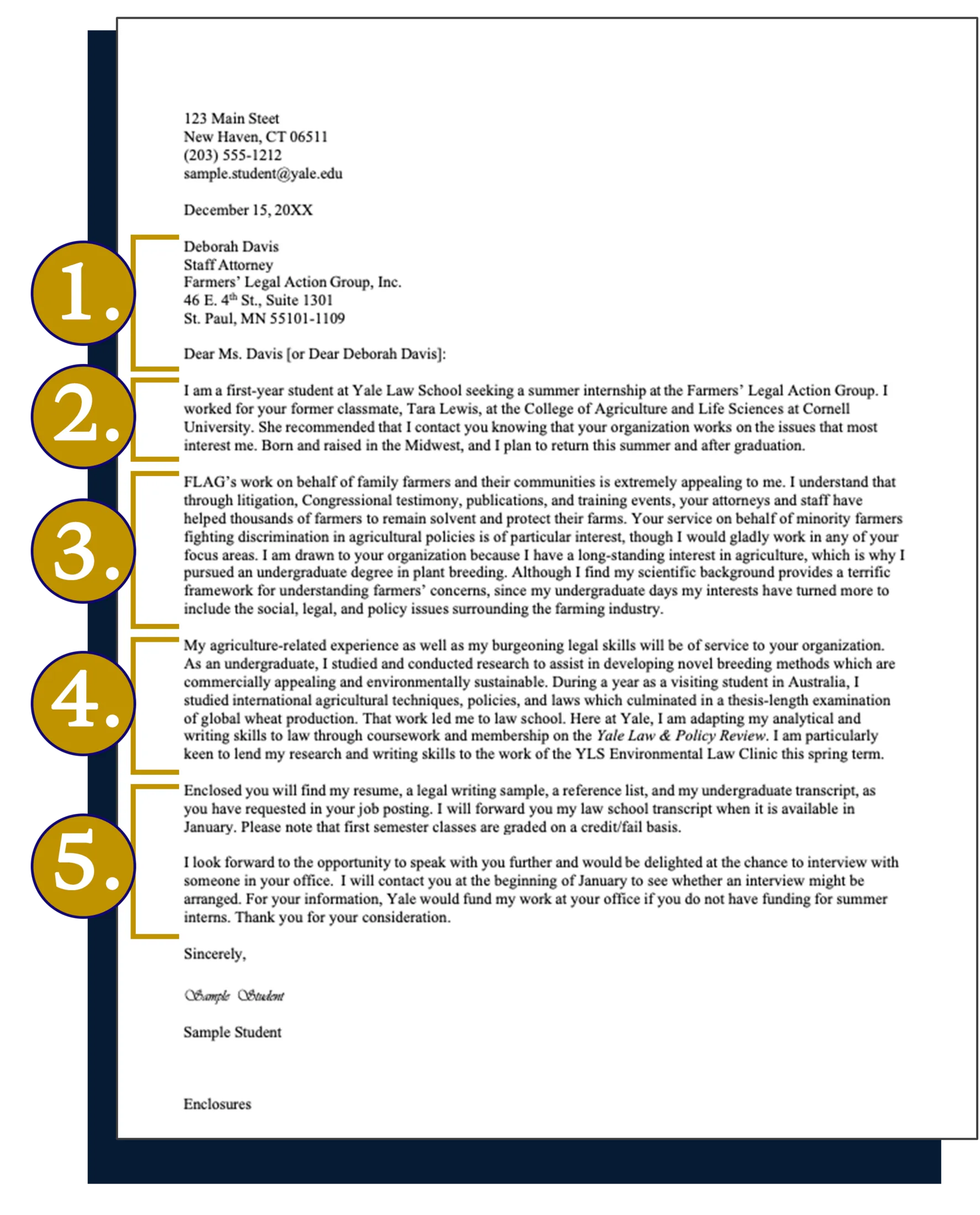
Include the date you are submitting the cover letter. This helps the employer keep track of the application and ensures that your letter is current.
Employer’s Contact Information
Include the hiring manager’s name and title (if known), the company name, and the company address. If you cannot find the hiring manager’s name, research it online or use a general salutation like “Dear Hiring Manager.”
Salutation
Start your cover letter with a professional salutation. If you know the hiring manager’s name, use “Dear Mr./Ms./Mx. [Last Name].” If not, use “Dear Hiring Manager,” or “Dear [Department Name] Team.” Avoid generic salutations like “To Whom It May Concern,” as they come across as impersonal.
Body Paragraph 1 Introduction
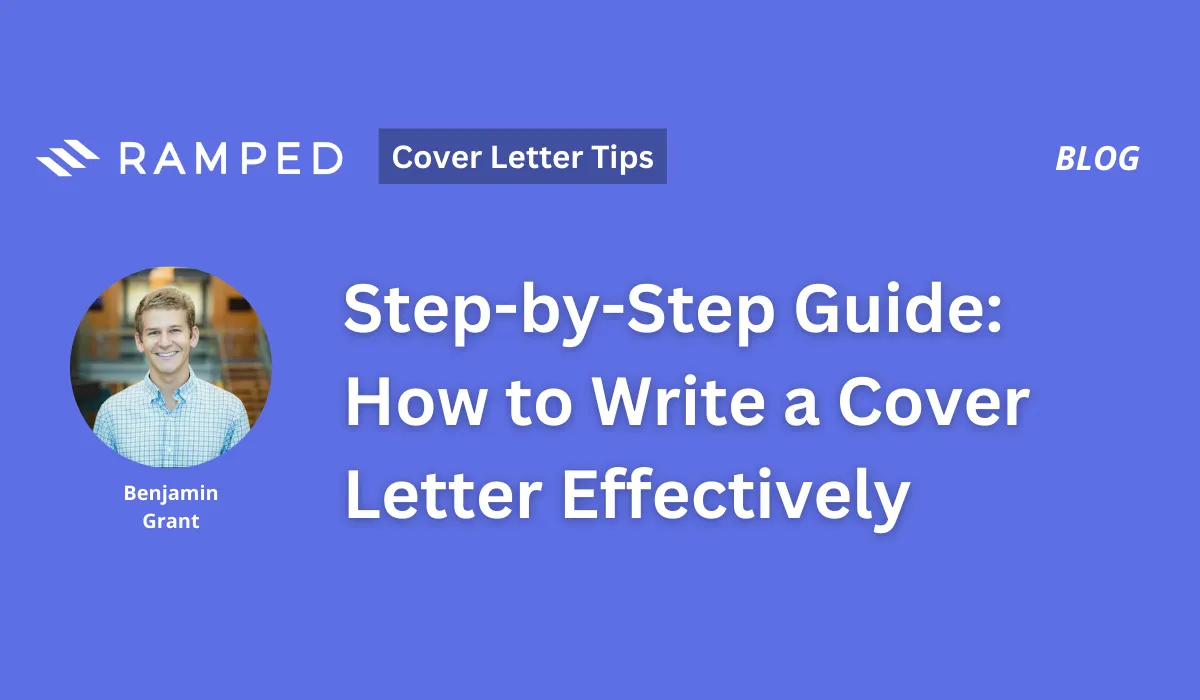
The first paragraph should state the position you’re applying for and how you learned about it. Briefly mention your most relevant qualifications and express your enthusiasm for the opportunity. This paragraph sets the tone and grabs the reader’s attention, making them want to learn more about you. Tailor this introductory paragraph to the specific job and company, showing your genuine interest in the role.
Body Paragraph 2 Skills and Experience
In the second paragraph, delve into your skills and experiences that align with the job requirements. Provide specific examples of your accomplishments and quantify them whenever possible (e.g., “Increased sales by 15%.”) Highlight how your skills and experience demonstrate your value to the company. Use keywords from the job description to show that you understand the role and the company’s needs. Tailor this section to each job application, focusing on the most relevant experiences.
Body Paragraph 3 Enthusiasm and Fit
In the third paragraph, express your enthusiasm for the company and the role. Explain why you are interested in working for them and what you admire about their mission or values. Briefly mention how your career goals align with the company’s objectives, demonstrating your long-term vision. Show that you have researched the company and understand their culture. Explain how your skills and values fit the company’s culture, adding a personal touch. Your enthusiasm will make you a more attractive candidate.
Body Paragraph 4 Call to Action
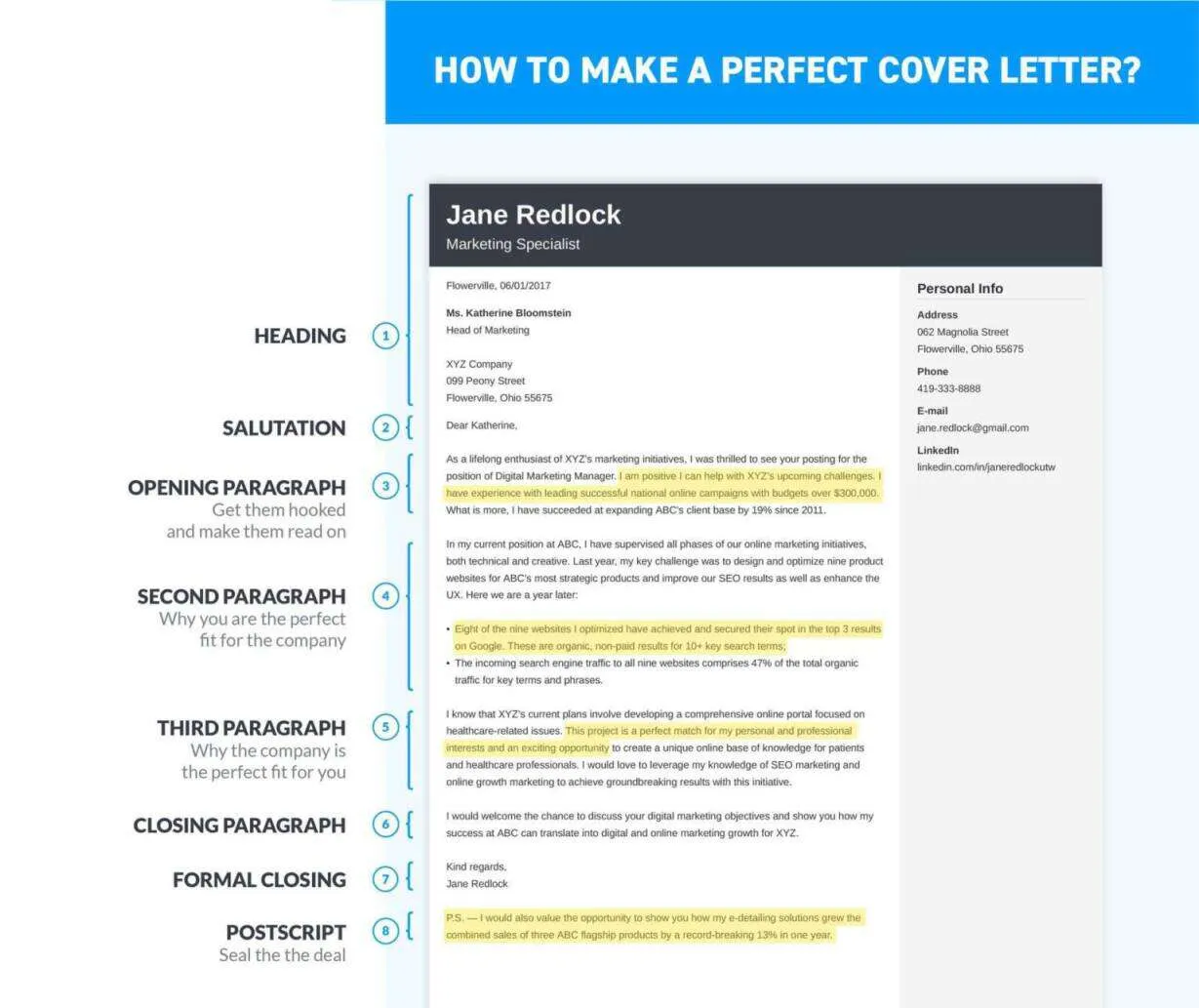
End your cover letter with a call to action. Reiterate your interest in the position and express your availability for an interview. Thank the hiring manager for their time and consideration. This paragraph should show confidence and eagerness to move forward in the hiring process. Make it clear that you are looking forward to the opportunity to discuss your qualifications further. Closing with a strong call to action increases the likelihood of getting the interview.
Closing
Close your cover letter professionally with a formal closing such as “Sincerely,” “Best regards,” or “Thank you.” Below your closing, type your full name. If submitting a physical copy, leave space for your signature above your typed name. Ensure your closing reflects your level of professionalism and respect for the hiring manager.
Formatting and Design Tips
Formatting and design play a significant role in the overall effectiveness of your cover letter. A well-formatted and designed cover letter is easier to read and makes a positive impression. It demonstrates professionalism and attention to detail. Choose a readable font like Arial, Times New Roman, or Calibri. Use a font size between 10 and 12 points. Use standard margins (1 inch on all sides) to create visual balance. Use single-spaced paragraphs with a space between each paragraph. Keep your cover letter concise, ideally within one page. Use bullet points for emphasis when listing skills or accomplishments. Proofread your cover letter carefully to ensure there are no grammatical errors or typos.
Proofreading and Editing
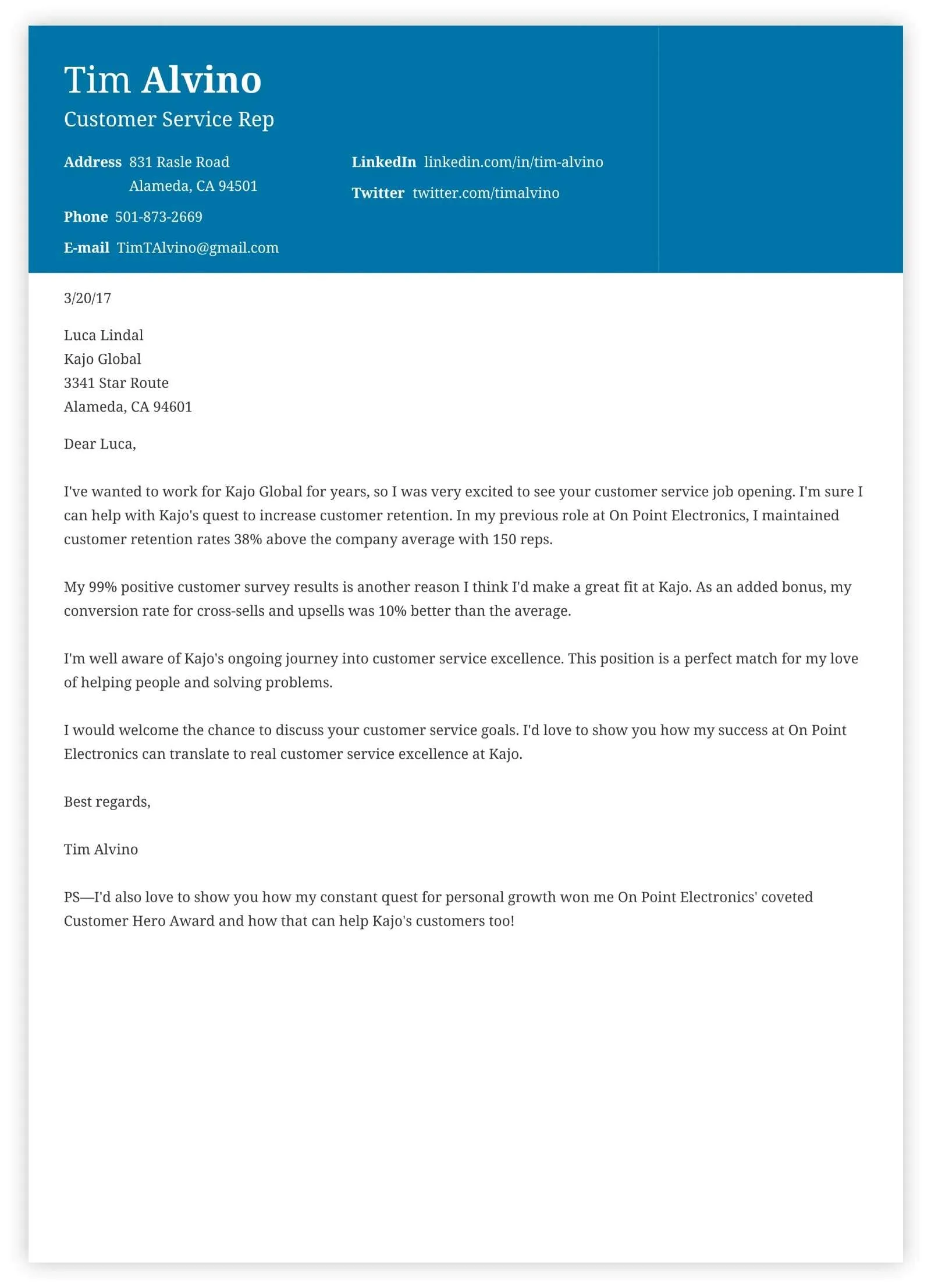
Thorough proofreading and editing are critical to the success of your cover letter. Errors in grammar, spelling, and punctuation can undermine your credibility and make a negative impression. Proofread your cover letter multiple times. Use spell check and grammar check tools, but don’t rely on them completely. Have a friend or colleague proofread your cover letter. They can catch errors you might miss. Read your cover letter aloud to identify awkward phrasing or sentences. Ensure your cover letter is clear, concise, and free of errors. Attention to detail in proofreading will show the hiring manager your commitment to quality.
Cover Letter Examples
Reviewing cover letter examples can provide inspiration and guidance when writing your own. Search online for cover letter examples tailored to your specific industry and the type of role you’re seeking. Analyze the structure, tone, and language used in these examples. Use these examples as templates, but be sure to personalize them with your own information and experiences. Tailoring your cover letter to each job application is key for maximizing your chances of success. Adapt the examples to match your personal style and the requirements of the job. Don’t copy the examples word for word; instead, use them as a framework to guide your writing process.
